|
|
General: JARDIN DEL EDEN=BABILONIA=PUERTA DE DIOS/ISHTAR=TRANSFIGURACION=ESPACIO/TIEMPO
Elegir otro panel de mensajes |
|
|
Well, working from biblical scriptures we know that there was a river that went out to water the land of Eden and the river parted into four riverheads at the garden.
Genesis 2: 10-14
10 Now a river went out of Eden to water the garden, and from there it parted and became four riverheads. 11 The name of the first is Pishon; it is the one which skirts the whole land of Havilah, where there is gold. 12 And the gold of that land is good. Bdellium and the onyx stone are there. 13 The name of the second river is Gihon; it is the one which goes around the whole land of Cush. 14 The name of the third river is Hiddekel it is the one which goes toward the east of Assyria. The fourth river is the Euphrates.
We also see that where the first river Pishon skirted the land of Havilah where there was gold and some substance called bdellium and also onyx stone (volcanic glass) was found there.
The second river was called Gihon which encompassed the land of Cush which is thought to be in Africa in modern day Sudan.
The third river was called Hiddekel which went toward the east of Assyria.
The fourth river is the Euphrates.
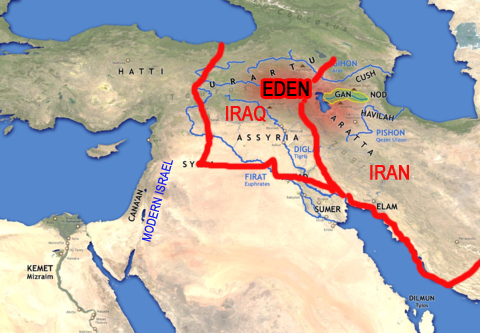
Here's one generalized idea one person came up with as a possible location of Eden. The only problem with this map is Cush is not located where different ancient sources (Egyptian) say the land of Cush is located, which is modern day Sudan.
This next map is a drawing of another map one person believes to be the original landmass before the "waters of the great deep" broke up in the Great Flood of Genesis. Notice how this map looks eerily like Pangaea?
As ever, finding Eden may always be a mystery.
[mods put this in the forum it goes in if this one is not the correct one].
edit on 15-5-2012 by lonewolf19792000 because: (no reason given)
http://test.abovetopsecret.com/forum/thread840845/pg1
|
 First First  Previous 2 to 8 of 8 Next Previous 2 to 8 of 8 Next  Last Last  |
|
|
|
|
|
le, require a straining of the available evidence. Sometimes, it is more appropriate to simply accept that we just don’t know.
Put another way, if time past is a jigsaw puzzle and we only have a handful of pieces, we shouldn’t assume that the ones we do have fit together perfectly. That said, it would be cowardly not to at least to attempt to rearrange the pieces we do have about the witness who wrote the Gospel of John to see if they fit together in some other coherent way.
In our quest to establish the authorship of John’s Gospel we identified a number of possible candidates in the attempt to solve the Problem of John. We have considered and ruled out John the Apostle, John the Elder (a non-direct follower of Jesus) and the Johannine Community. As promised, I suggest a fourth: John Mark, described in Acts 13:5 as a hyperetai — in recognition of his qualification as a scribe or minister of the Word.
We know the following about John Mark from the New Testament:
- His mother Mary owns a large house in Jerusalem. This house plays host to “many believers” after the arrest of Peter (44AD); Acts 12:12
- He was a missionary with apostles Barnabus and Paul in Antioch, assisting as a scribe or minister of the Word; Acts 12:25
- After the trip to Pamphylia, he returns to Jerusalem (45AD); Acts 13:13
- His decision causes Barnabus and Paul to separate (49AD); Acts 15:37
- Barnabus and John Mark set sail together for Cyprus (49AD); Acts 15:39
- John Mark, Barnabus’ cousin, is with Paul in Rome and is anticipated to return to Asia Minor to minister there (60AD); Colossians 4:10
- John Mark is with Timothy in Ephesus (67AD); 2 Timothy 4:11
From these details, it is traditionally believed that John Mark:
- was a young man or adolescent at the time of Jesus’ death;
- was younger in relation to the Apostles Peter, James and John, Paul and Barnabus;
- was part of a family who had a large house in central Jerusalem that likely hosted the Last Supper;
- his family having wealth, he was likely trained as a Jewish scholar, and so would be more likely known amongst the Council of Jerusalem.
Of the four inferences drawn above, the first two are almost certain, and the second two are reasonable, if not conclusive, assumptions.
So, does John Mark fit the profile of the internal evidence — the information we have from the Bible about the first hand eye-witness author of the Fourth Gospel — we have already considered?
- Present with Jesus at the Last Supper;
- Likely to be known to the High Priest;
- Aware of the involvement of Nicodemus in Jesus’ burial;
- Able to outrun Peter to the tomb, but hesitant about entering.
The answer is Yes; or at the very least, he is a better fit than John the Apostle.
Why? Whilst both John Mark and John the Apostle were likely present with Jesus at the Last Supper, it is more probable that a wealthy young Jewish resident of Jerusalem knew the High Priest and was aware of the secretive actions of Nicodemus, one of the senior members of the Sanhedrin council, than a rough Galilean fisherman only in town for the Passover feast.
Turning to the external evidence — the non-biblical sources we have already looked at who comment about the author of the Fourth Gospel — does John Mark fit the profile?
- Named as John in Ephesus along with Paul and Timothy; Ignatius
- Named as John, a disciple of the Lord; Papias
- Named as John, the author of a Gospel at Ephesus; Irenaeus
- Lived in Ephesus at least until Trajan (98AD) as “a true witness of the tradition of the apostles”; and named as John, witness and teacher, who died in Ephesus; Polycrates
Also Yes. John Mark is again a better fit, than John, Son of Zebedee. Both Ignatius and Irenaeus identify the gospel author John alongside Paul and Timothy whilst in Ephesus. This fits perfectly with the last letter we have from Paul, his 2nd letter to Timothy, in which he writes asking to send John Mark from Ephesus.
As a younger man than John the Apostle, he is more likely to have survived until the time of the Roman Emperor Trajan in 98AD. This would still have made him an incredible 75 or so years old.
It is also more plausible that it was John Mark, as a much younger man, who felt at ease in “leaning back against Jesus” and, when prompted by Peter about the betrayal, naïvely asked “Lord, who is it?” as opposed to the comparatively older John the Apostle.
Further, it is much more likely that it was John Mark who remained in his home town of Jerusalem during the arrest, trial and crucifixion of Jesus, in comparison with the Twelve who, apart from Peter, apparently fled after Jesus’ betrayal in Gethsemane.
You might also consider it far more likely that it was John Mark who outran Peter to the tomb on the third day, but hung back from entering first, either in youthful hesitation or as a mark of respect for his elder, rather than the man nicknamed a Son of Thunder.
On balance, the natural conclusion is that the Beloved Disciple, “the disciple whom Jesus loved” was actually John Mark; and not, as tradition maintains, John the Apostle, Son of Zebedee.
Having journeyed from the foothills of the Himalayas we have nearly reached base camp. One more turn and, all being well, we should have established the historical likelihood of Jesus’ encounter with Pilate.
https://www.whatistruthbook.com/beloved-disciple-john-mark |
|
|
|
|
BABILONIA LA RAMERA ES UNA MUJER Y ES LA MISMA BESTIA
BABILONIA LA RAMERA ES UNA MUJER Y ES LA MISMA BESTIA
PARA NO CREER PERO ESTO ES ASI. LA RELACION DEL DINERO / MONEY / MOON / CON LA LUNA EN EL CONTEXTO A LA TRANSFIGURACION EN EL MONTE HERMON / MON / LUNA EN LA TRIBU DE DAN / DINERO / SERPIENTE. TODO ES UN NEXO CON LA TRANSFIGURACION DEL SEÑOR. DINERO ES TIEMPO MISMO.
ES OBVIO EL NEXO DE LA SERPIENTE CON LA MUJER
NOTEN EL NEXO DE DAN, CON LA SERPIENTE (VENECIA) Y EL CABALLO (PLAZA SAN MARCOS)
7. Génesis 49:17 Será Dan SERPIENTE junto al camino, Víbora junto a la senda, Que muerde los talones del caballo, Y hace caer hacia atrás al jinete.
 1200 1200
|
|
|
|
|
27 mar. 2017 - Subido por Canal Liberal Artifex
Conferencia del economista libertario argentino Javier Milei, en el año 2016. SINGULARIDAD: LOS AGUJEROS ...
19 abr. 2017 - Subido por Canal Liberal Artifex
Conferencia del economista libertario argentino Javier Milei, en el año 2014. CRECIMIENTO, CONVERGENCIA ...
24 oct. 2015 - Subido por Canal CREA
Lic. Javier Milei. ... 001 - Desafíos económicos de cara a la singularidad. Canal CREA. Loading... Unsubscribe ...
17 sept. 2015 - Subido por Fundación Atlas para una Sociedad Libre
AtlasTV: Javier Milei "Populismo salvaje" ... SINGULARIDAD EN ECONOMIA prof JAVIER MILEI ...
8 abr. 2015 - Subido por Fabio gorosito wales
SINGULARIDAD EN ECONOMIA prof JAVIER MILEI Programa TOTAL POLITIK de CARLOS MASLATON ...
5 ago. 2015 - Subido por Fundación Atlas para una Sociedad Libre
Javier Milei - Keynesianismo argentino y catástrofe populista. Fundación Atlas para una Sociedad Libre. Loading ...
|
|
|
|
|
| Génesis 6:7: |
Y dijo Jehová: Raeré de sobre la faz de la tierra a los hombres que he creado, desde el hombre hasta la bestia, y hasta el reptil y las aves del cielo; pues me arrepiento de haberlos hecho. |
| Génesis 6:20: |
De las aves según su especie, y de las bestias según su especie, de todo reptil de la tierra según su especie, dos de cada especie entrarán contigo, para que tengan vida. |
| Génesis 7:14: |
ellos, y todos los animales silvestres según sus especies, y todos los animales domesticados según sus especies, y todo reptil que se arrastra sobre la tierra según su especie, y toda ave según su especie, y todo pájaro de toda especie. |
| Génesis 7:21: |
Y murió toda carne que se mueve sobre la tierra, así de aves como de ganado y de bestias, y de todo reptil que se arrastra sobre la tierra, y todo hombre. |
| Génesis 8:17: |
Todos los animales que están contigo de toda carne, de aves y de bestias y de todo reptil que se arrastra sobre la tierra, sacarás contigo; y vayan por la tierra, y fructifiquen y multiplíquense sobre la tierra. |
| Génesis 8:19: |
Todos los animales, y todo reptil y toda ave, todo lo que se mueve sobre la tierra según sus especies, salieron del arca. |
| Levítico 5:2: |
Asimismo la persona que hubiere tocado cualquiera cosa inmunda, sea cadáver de bestia inmunda, o cadáver de animal inmundo, o cadáver de reptil inmundo, bien que no lo supiere, será inmunda y habrá delinquido. |
| Levítico 11:41: |
Y todo reptil que se arrastra sobre la tierra es abominación; no se comerá. |
| Levítico 22:5: |
o el varón que hubiere tocado cualquier reptil por el cual será inmundo, u hombre por el cual venga a ser inmundo, conforme a cualquiera inmundicia suya; |
|
|
|
|
|
19 may. 2015 - Subido por Mundo Desconocido
Seres Reptilianos en la Historia de Europa. Mundo Desconocido ... parecen descender de una estirpe ...
|
|
|
|
|
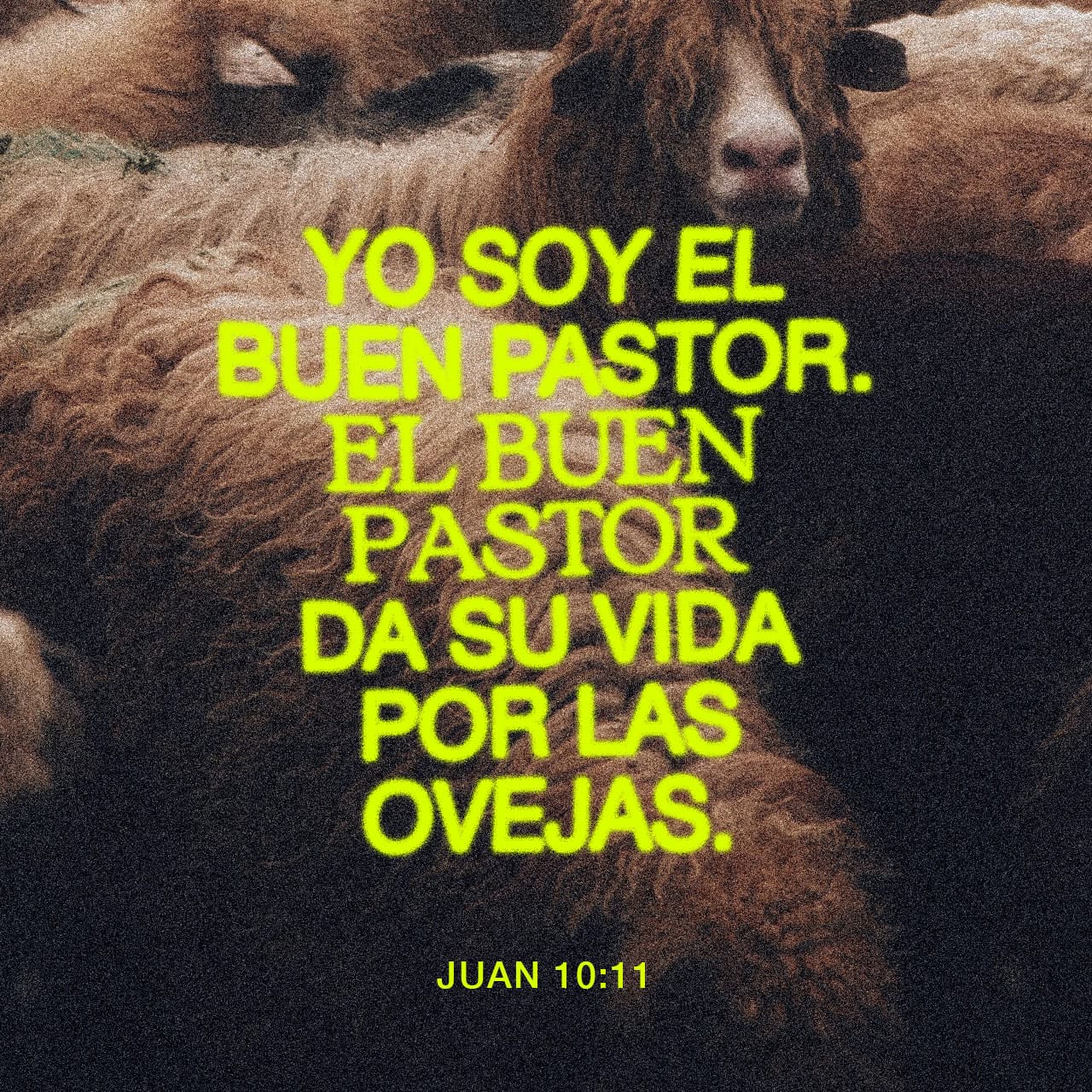
 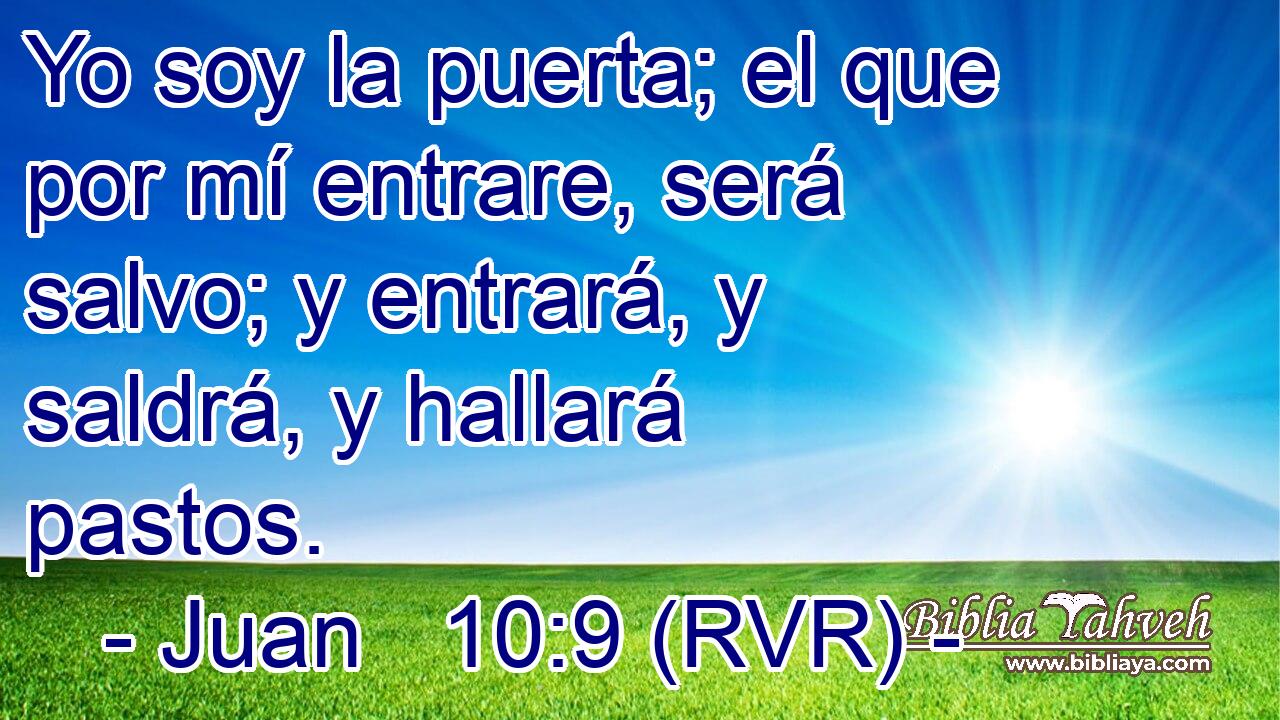
  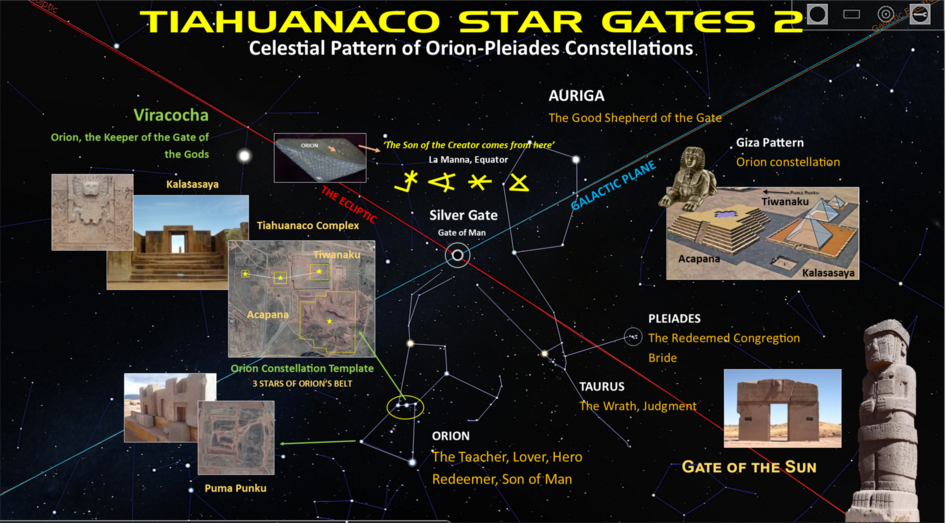 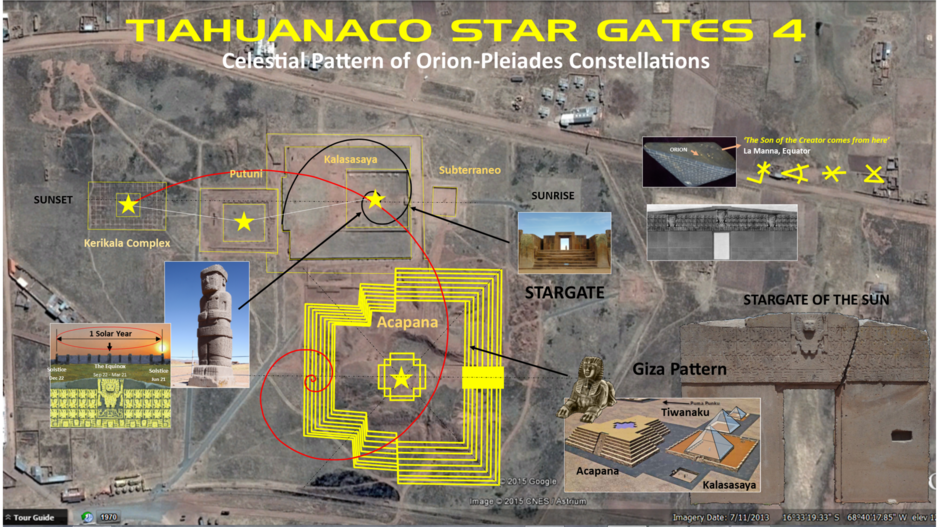 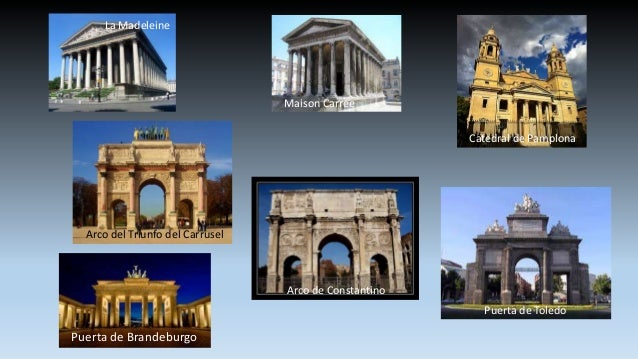
 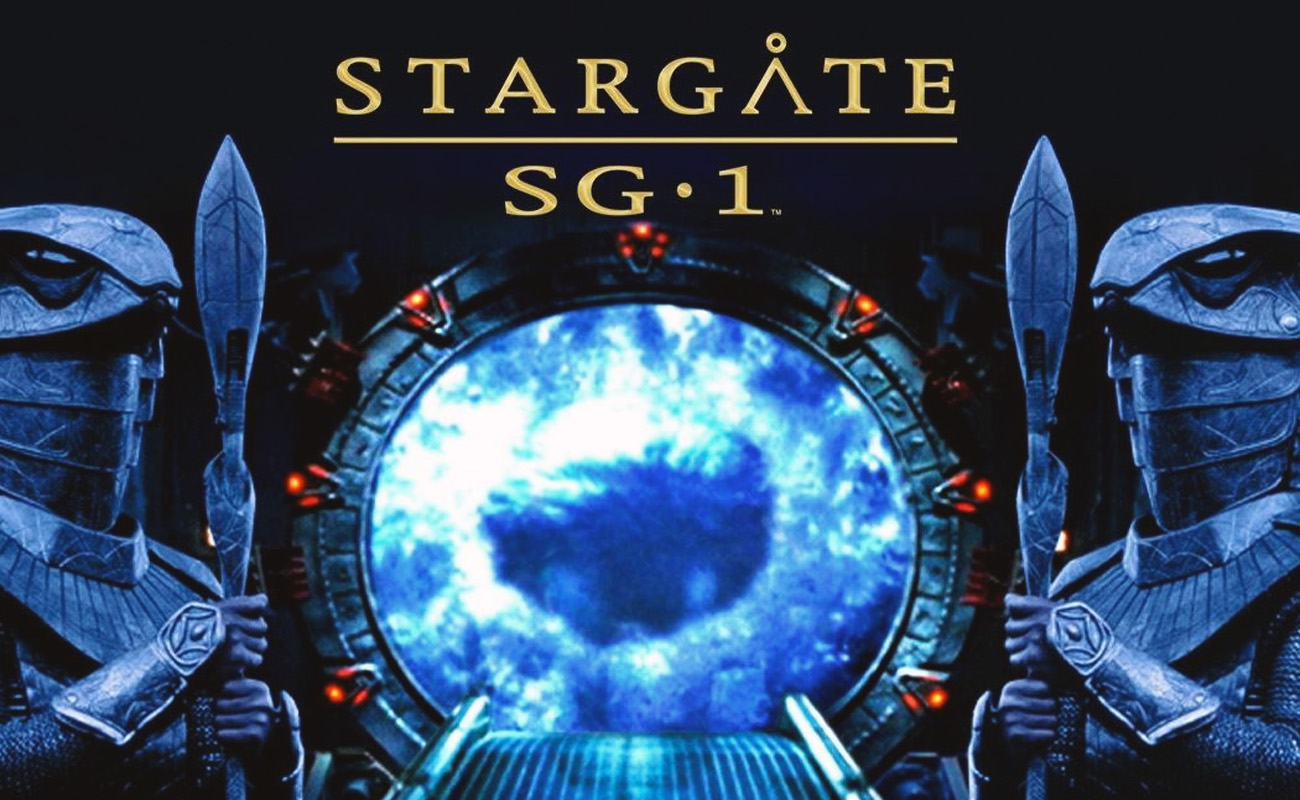 ![Stargate Special Edition [Reino Unido] [DVD]: Amazon.es: Kurt Russell: Películas y TV](https://m.media-amazon.com/images/I/51Gr2lgt03L.jpg)
LA SANGRE DEL CORDERO EN EL DINTEL, EN CONTEXTO AL EXODO PASCUAL, ES UN TIPO DEL GRIAL
1. Éxodo 12:7: Y tomarán de la sangre, y la pondrán en los dos postes y en el DINTEL de las casas en que lo han de comer.
2. Éxodo 12:22: Y tomad un manojo de hisopo, y mojadlo en la sangre que estará en un lebrillo, y untad el DINTEL y los dos postes con la sangre que estará en el lebrillo; y ninguno de vosotros salga de las puertas de su casa hasta la mañana.
3. Éxodo 12:23: Porque Jehová pasará hiriendo a los egipcios; y cuando vea la sangre en el DINTEL y en los dos postes, pasará Jehová aquella puerta, y no dejará entrar al heridor en vuestras casas para herir.
Dintel
De Wikipedia, la enciclopedia libre

Esquema de estructura adintelada.
Un dintel es un elemento estructural horizontal que salva un espacio libre entre dos apoyos. Es el elemento superior que permite abrir huecos en los muros para conformar puertas, ventanas o pórticos. Por extensión, el tipo de arquitectura, o construcción, que utiliza el uso de dinteles para cubrir los espacios en los edificios se llama arquitectura adintelada, o construcción adintelada. La que utiliza arcos o bóvedas se denomina arquitectura abovedada.
Los mejores exponentes de arquitectura adintelada en piedra son los edificios monumentales del Antiguo Egipto y la Grecia clásica. La palabra dintel proviene de la palabra latina: limitellus, que deriva etimológicamente de limen y limes. En latín la palabra limen significa umbral, puerta, entrada o comienzo, y limes se refiere a un sendero entre dos campos, límite o muralla.
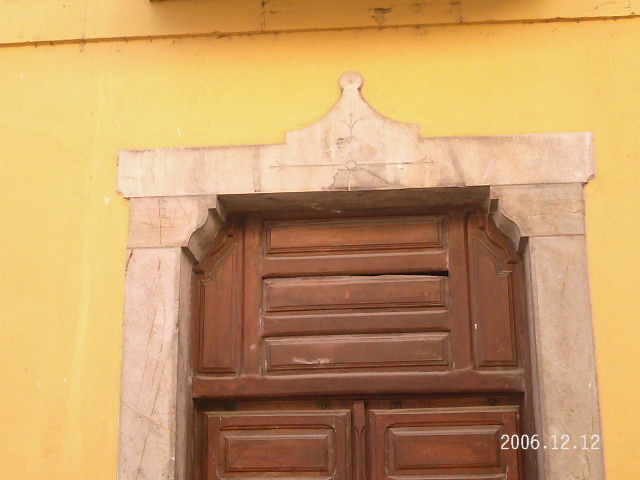
Comparen las dos figuras anteriores y noten que la LUZ SOLAR PENETRA, en este caso EN LA PUERTA DE TIWANAKU (BOLIVIA) en los equinoccios, osea el 20/21 de marzo y los 21/22 de septiembre. CONCRETAMENTE LA FIESTA DE LOS TABERNACULOS ES PRIMA HERMANA DE LA FIESTA PASCUAL. EN ESTE MARCO, INSISTO, EL SOL, SI USTED COMPARA CON LA FIGURA SUPERIOR, EN LOS MISMOS EQUINOCCIOS LA LUZ SOLAR CHOCA CON LA PIRAMIDE VATICANA E INCLUSO INGRESA O PENETRA ADENTRO DEL TEMPLO DE SAN PEDRO. PREGUNTO: ¿SI LA PLAZA DE MARIA DE LA VICTORIA ESTA UBICADA EN LA MISMA LINEA EQUINOCCIAL, QUIEN ES EN ESTE MARCO LA MISMA, EN EL CONTEXTO QUE LA PASCUA TAMBIEN TIENE ESA REFERENCIA? CUALQUIER PERSONA QUE TIENE TRES DEDOS DE FRENTE SE DA CUENTA QUE ES MARIA LA MAGDALENA. SI NO ES ASI PREGUNTO:
¿PORQUE CRISTO SE PRESENTO SIENDO VENCEDOR EL 17 DE NISSAN, OSEA EN EL EQUINOCCIO FRENTE A MARIA MAGDALENA?
CONCLUYO:
MARIA LA VICTORIA ES MARIA MAGDALENA
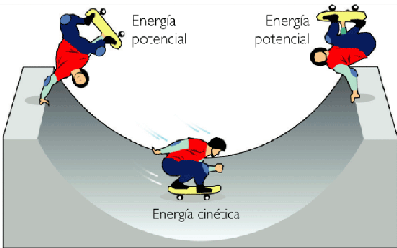 |
|
|
 Primer Primer
 Anterior
97 a 111 de 156
Siguiente Anterior
97 a 111 de 156
Siguiente Último
Último
|
|
| |
|
|
©2024 - Gabitos - Todos los derechos reservados | |
|
|

